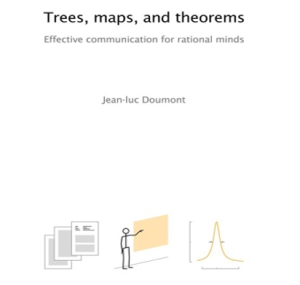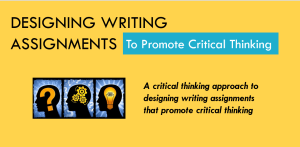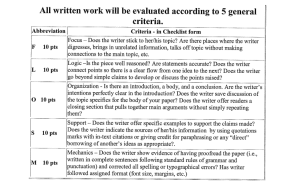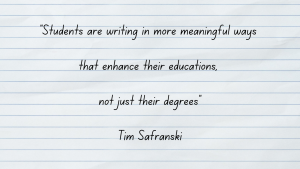
In the Mud: Swine Writing Marathons
Dr. Safranski puts it well, "“For my audience the goal was to help them see what is similar/different within different phases of pork production. To force them to look, listen, smell and think about what is inside a pig barn, and perhaps wonder why.”

I can do the science, but someone please help with the words!
Being introduced to Trees, Maps, and Theorems helped me understand the basic principles and guidelines for communicating effectively.

Developing Inclusive Approaches to Russian Civilization Courses
These challenging experiences seem to me now to highlight problematic dynamics in the culture on campus and beyond, but also to underscore my own need for support and further education in inclusive teaching.

Navigating One’s Writing History: Remarks on Teaching and Writing
Because I am Chair of the English department, you might imagine that I was a person who was born with a book in her hand, who loved writing papers in college, who always got A’s in her English classes – but none of those things are actually true.

Designing Writing Assignments To Promote Critical Thinking
Even more to the point, how can we design assignments to help promote students’ critical thinking and learning as they complete our assignments? The objective of this blog is to address these questions and provide an example of an assignment designed to promote critical thinking.

Using Outlines to Teach Critical Thinking
In the years that I have been teaching WI courses at the University of Missouri, I’ve learned a few things that have helped me be a more effective teacher. First, it is important to be clear about your goals and to include learning strategies that enable students to achieve that goal.

Student Writing Before—and in Addition to—WI Courses
Many faculty are understandably curious about the writing instruction students will receive as students here. To earn an undergraduate degree at MU, every student is required to take three writing courses: English 1000 followed by two WI courses, one of which must be at the upper division level in the major. ENGL 1000 is overseen by the Composition Program in the Department of English, while the WI curriculum is overseen by Campus Writing Program.

Teaching Writing Using Rubrics
Evaluating student writing can be difficult, and assuring consistent grading from one assignment to the next and between various faculty/TA graders can be particularly challenging. You might ask, why is this? Many factors contribute to the issues we face when evaluating student writing.

Intentional Ambiguity in Assignment Design
When deciding to incorporate writing into a course, most instructors have learned that this is not as easy as “I’ll just assign an essay.” For many, the first step is to determine what the learning objectives are for the writing assignment: what do you want your students to get out of writing this paper?

“We’re all in this together”: Methods for Utilizing Peer Review
Peer review allows students to experience the advantage of feedback not only from the instructor but from their colleagues as well. There are several reasons to recommend employing such an approach, not least of which is a related phenomenon: peer pressure.